The difference between gallbladder adenocarcinoma and gallbladder cancer
There are many similarities in the early stage of the two. Gallbladder diseases include gallbladder polyps, cholecystitis, gallstones, and gallbladder wall thickening. When similar symptoms occur, they must be identified. To avoid mistreatment. If gallstones often have no obvious abdominal cramps, only cause chronic cholecystitis. Many gallbladder diseases have similar gastrointestinal symptoms as gallbladder cancer, loss of appetite, nausea, vomiting, oily food, etc. There may also be discomfort, hidden pain or abdominal pain in the right upper abdomen.

The imaging examination is also different, such as the gallbladder wall thickening is generally the whole gallbladder wall has varying degrees of thickening, and there is generally no blood flow signal, gallbladder cancer is generally obvious local thickening of the gallbladder wall In particular, pay attention to the localized thickening of the gallbladder at the bottom of the gallbladder. Clinically, there will be:
1. Abdominal pain This symptom accounts for 84% because gallbladder cancer mostly coexists with gallstones and inflammation, so the pain Similar in nature to calculous cholecystitis, it begins with discomfort in the right upper abdomen, followed by persistent hidden pain or blunt pain, sometimes with paroxysmal pain and radiation to the right shoulder.
2. The gastrointestinal symptoms are one of the symptoms of gallbladder cancer. The overwhelming majority (90%) have indigestion, greasiness, belching, and reduced stomach uptake. This is due to the replacement function of the gallbladder, which cannot be Caused by the digestion of fatty substances.
3. Itching can occur before or after the appearance of jaundice, and it can also be accompanied by other symptoms such as tachycardia, bleeding tendency, mental atrophy, fatigue and fatty diarrhea, abdominal distension, etc. The skin itching is due to The increased content of bilirubin in the blood stimulates the nerves at the end of the skin.
4. Jaundice Jaundice often appears in the late stage of the disease, accounting for 36.5%, mostly due to cancer tissues invading the bile duct, causing malignant obstruction. At the same time, it is accompanied by weight loss, fatigue, even cachexia, yellow staining of the skin and mucous membranes, and itchy skin that is difficult to treat.
5. Fever is one of the symptoms of gallbladder cancer. 25.9% patients have fever.
6. Right upper abdomen mass The lesion has developed to a late stage, and a mass appears in the right upper abdomen or upper abdomen, accounting for 54.5%. The first is that the tumor grows rapidly, blocking the bile ducts, making the gallbladder swollen; the second is the obstruction caused by the invasion of the duodenum, and the obstruction symptoms appear at the same time; in addition, the invasion of the liver, stomach, pancreas, etc., may also appear in the corresponding part of the mass.
7. Others: Accompanying jaundice, abdominal pain and other symptoms of gallbladder cancer, there will also be such as nausea, vomiting, weight loss, dark yellow urine, such as soy sauce or strong tea-like, stool color light yellow or even clay color, etc. When the advanced tumor ruptures, biliary bleeding may occur when there are black stools, positive stool occult blood test, or even anemia; liver metastasis, liver cirrhosis and other symptoms may occur.
Related Articles
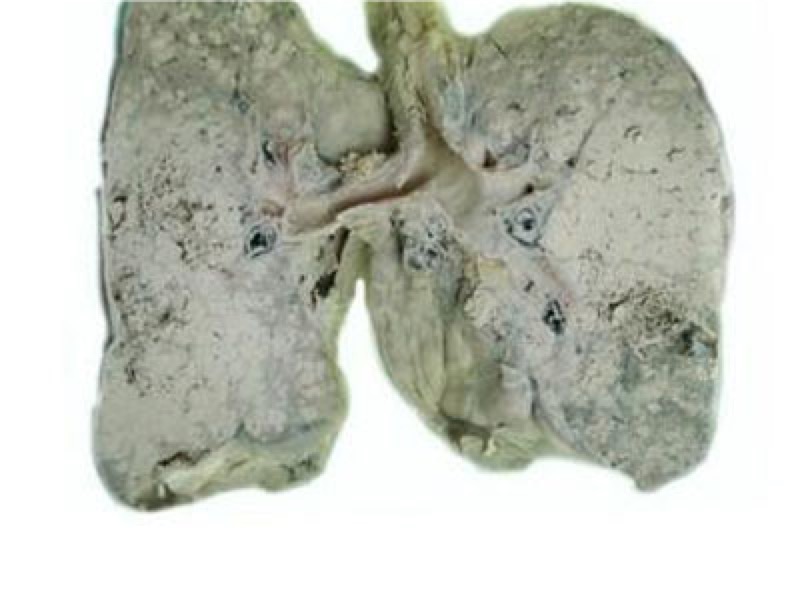
- Early symptoms of lung cancer
- 2020-12-17

- Early Signs of Bladder Cancer
- What are the early symptoms of bladder cancer?
- 2020-12-17
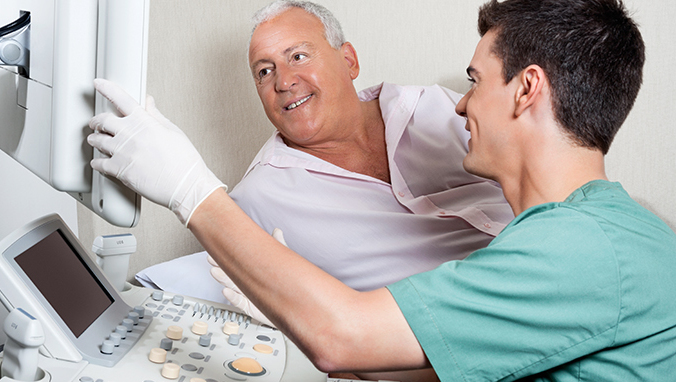
- Is metastatic carcinoma easy to metastasize
- Once the cancer has metastasized, it will be very difficult to cure, because many people have lost their lives because of the emergence of cancer, so most people think that cancer is an un
- 2020-08-02
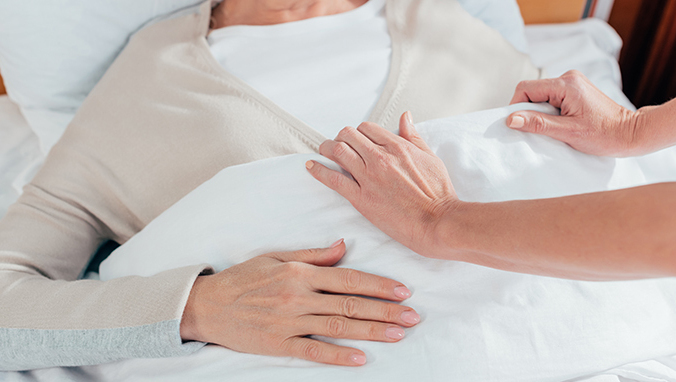
- What does microinfiltrating adenocarcinoma mean?
- Microinfiltrating adenocarcinoma is a type of lung cancer. The reason why it is called microinfiltration means that there is less infiltration around it, which means that it is in the early
- 2020-08-01
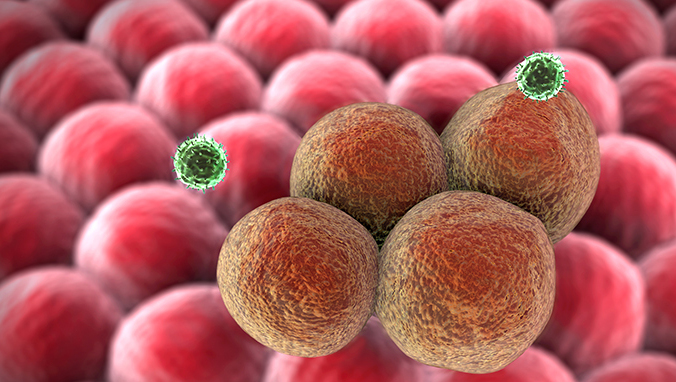
- How long can non-small cell adenocarcinoma live
- Adenocarcinoma is one of the most common malignant tumors in the world. Non-small cell adenocarcinoma accounts for about 80% of all adenocarcinomas. About 75% of patients are in the middle
- 2020-08-01
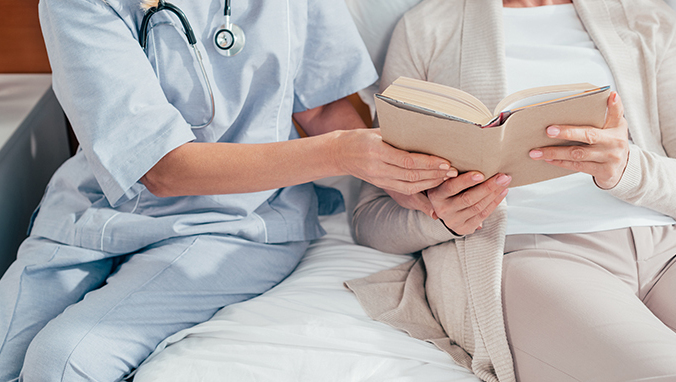
- Hand cancer
- Finger cancer generally refers to the appearance of skin cancer, which is characterized by local cauliflower-like skin and easy bleeding. Finger skin cancer is mostly a malignant tumor that
- 2020-08-01
